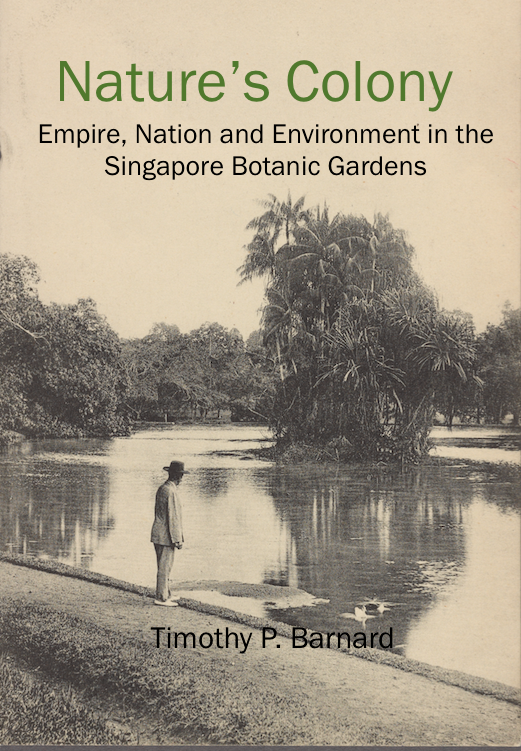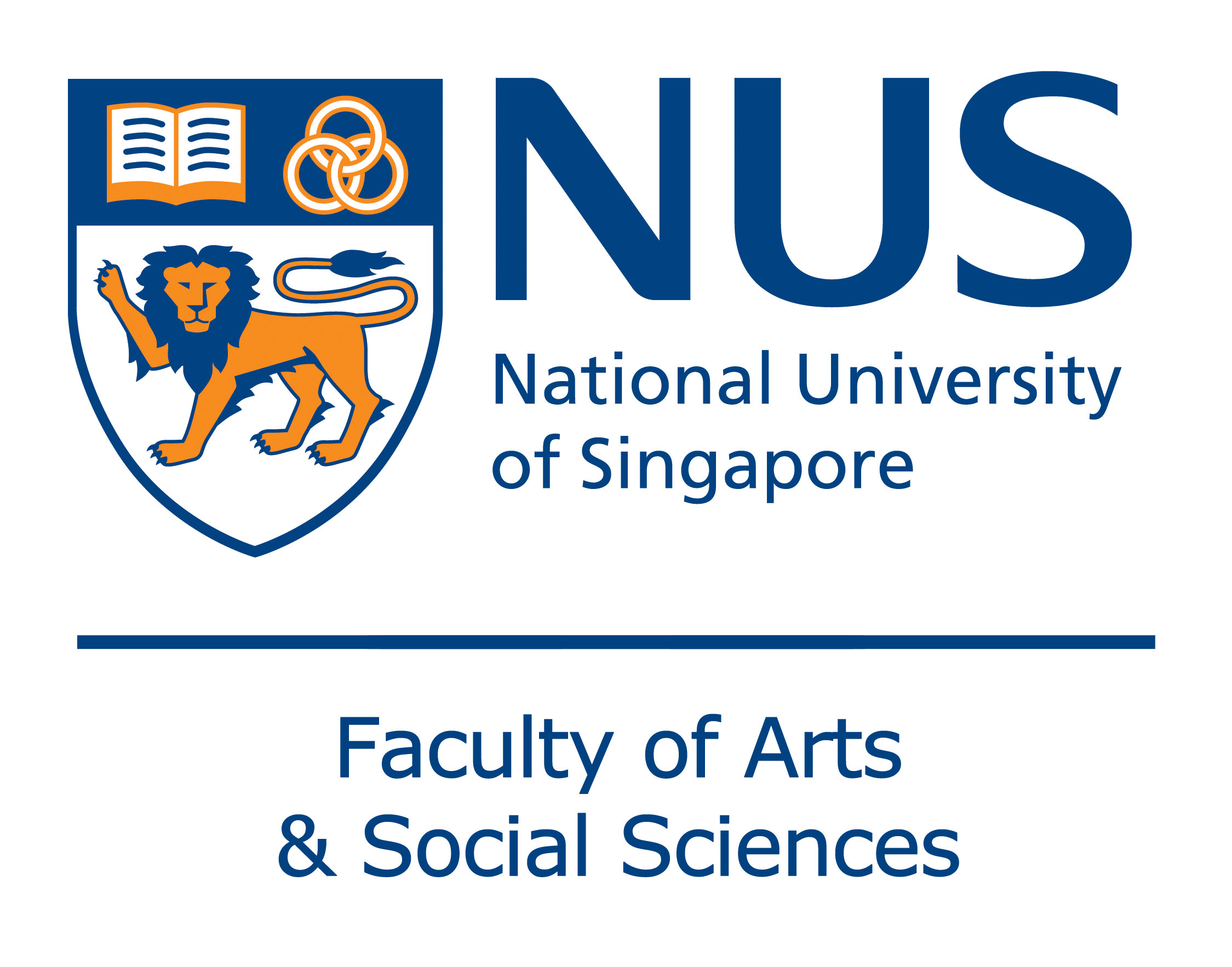 Nature’s Colony: Empire, Nation and Environment in the Singapore Botanic Gardens
Nature’s Colony: Empire, Nation and Environment in the Singapore Botanic Gardens
NUS Press
The Singapore Botanic Gardens, founded in 1859, has been a nexus of power and the natural world throughout its history. It is a site where colonial officials argued, scientists experimented, crocodiles were hunted, and an independent nation state developed one of its most important symbolic diplomatic tools, thus making it a park, a scientific institution, an economic testing ground, a World Heritage site, and a natural resource in service to the state. The Singapore Botanic Gardens has also exerted a tremendous influence beyond its grounds as the efforts of its scientists and gardeners to assert control over the surrounding environment reflect shifting understandings of power, science and nature among local administrators, as well as distant mentors in Britain. It was a colonizer in its own right, spreading a cultivation and manipulation of the environment that continues to touch lives throughout the region. The Singapore Botanic Gardens was nature’s colony, where plants were collected, classified and cultivated to change our understanding of the region and world.
Barnard, T.P. Nature’s Colony: Empire, Nation and Environment in the Singapore Botanic Gardens (NUS Press, 2016).


You must be logged in to post a comment.